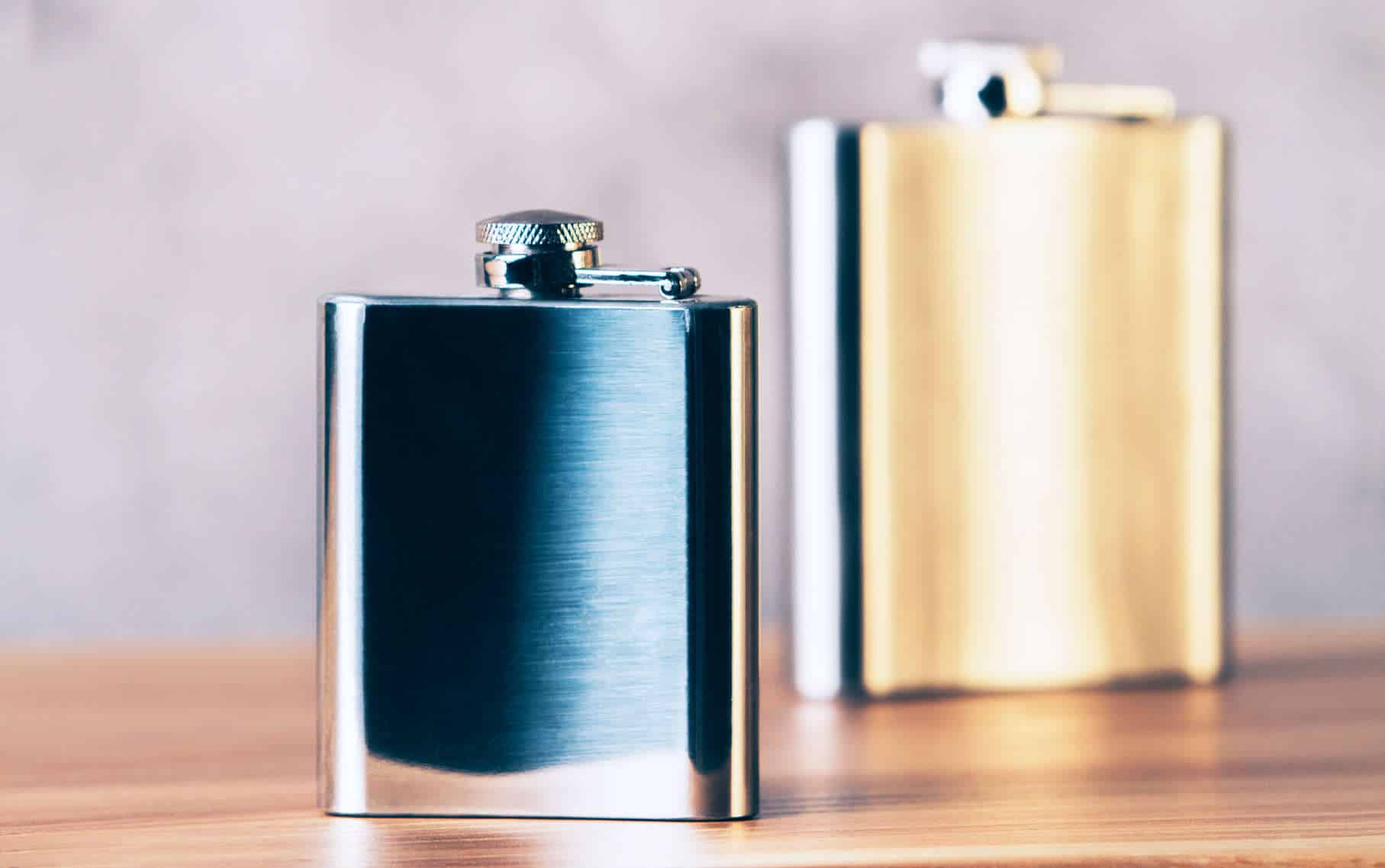
We live in an age where we can simply pop out to the liquor store or bar to get a drink and where prohibition is certainly not an issue. It seems that wearing a flask has become a thing of the past. Most people nowadays wonder why a flask would ever be necessary, and how or why they’d ever use one.
But consider this:
- Having a flask can save you money and disappointment in Vancouver bars. Who really wants a poorly-made $14.00 whiskey sour?
- It’s a useful winter accessory. Chilly night for a walk or train ride home? Not anymore.
- It can ease a tense situation. Like when the groom is starting to freak out about saying “I do.” Or literally any situation related to dealing with screaming children.
- What better way is there to bond around a campfire than passing around a flask?
A flask can be so much more than just a vessel to carry liquor in. It’s an experience that can be shared. So now that you’re considering one, how can you tell what makes a good flask, and what doesn’t?
The Right Materials
There are about 7 different materials flasks are typically made of, all with varying quality and durability factors. In order from least expensive to most, you can find them in: Plastic, Aluminum, Stainless Steel, Titanium, Pewter, Copper, and Silver.
However, out of all those materials, stainless steel is by far the champion due to its superior durability, affordability, and its inert nature that won’t impart unwanted tastes to your drink. It’s the easiest to find as well, for good reason.
Want to check out some great stainless steel flasks? We’ve got a few that might suit your fancy.
Important Features
When looking for a flask, try to find one with the following features:
- A hinged cap. This makes it substantially harder to lose your cap if you were to, say, have a few too many.
- An included funnel. This is extremely useful to have when you’re trying to pour liquid into a very small opening, where wasting such liquid can be expensive and disappointing.
- A curved shape, otherwise called a hip flask. Hip flasks have that curve to them so they can naturally hug your body, making it more comfortable to carry and less conspicuous.
- A reinforced bottom. If you’re making use of your flask, chances are you will drop it at some point. Stainless steel can take a bit of rough-housing, but if it’s copper, pewter, or silver, those softer metals require a bit more thickness to remain functional.
Know How to Take Care of it
One of the keys to having your flask make the mile is just to take care of it. If your flask is from a quality manufacturer, it’ll come with instructions on how to care for it. But just in case those aren’t available, here are some basic things you should and shouldn’t do:
You shouldn’t:
- Let alcohol sit in it for more than 3 days.
- Fill it with carbonated, acidic, or sugary drinks.
- Sit on your flask.
- Use soap when cleaning it.
You should:
- Empty your flask as soon as you’re done with it.
- Fill it with straight alcohol only. Good sipping whiskies, rum, gin, tequila, and vodka are all suitable.
- Rinse it with water every time you use it.
- Clean with just water, or a mixture of 1:1 white vinegar and hot water, then let it air dry upside down.
Follow these simple rules and you should be fine! And if you’d like to know more about the flasks we carry, come visit us at one of our 17 stores across BC and Alberta for a closer look.
How do you use your flask, and what do you put in it? Do you have a fun “flask” story we should hear? We’d love to know. Leave a comment or question in the section below!

